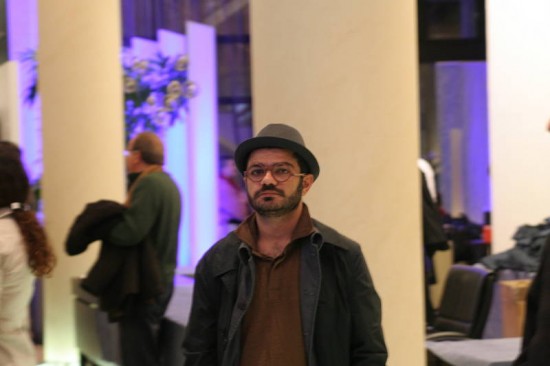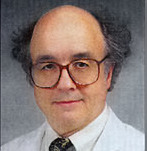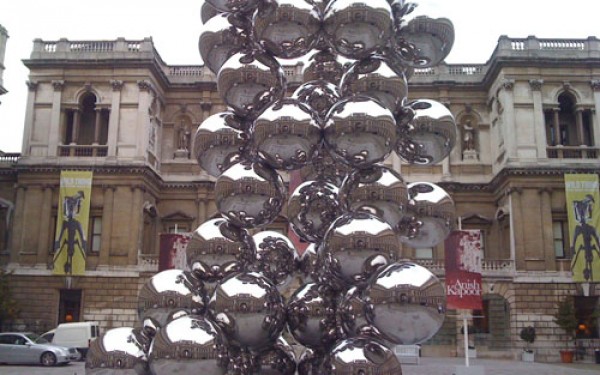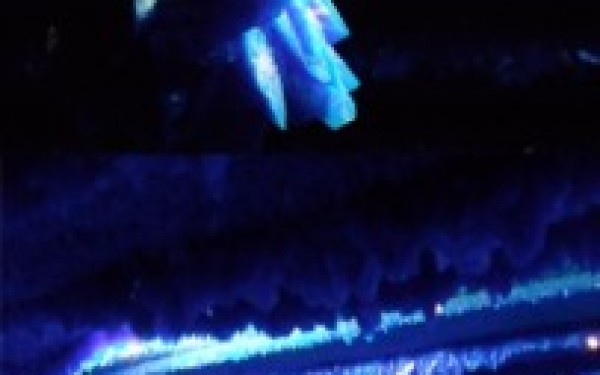PLDC Berlin

Posted on
November 5th 2009
Posted in
Cool things we've seen
I’m just back from a whistle-stop visit to Berlin where I attended the Professional Lighting Design Convention (PLDC).

The PLDC comprised a series of presentations from leading designers and firms from around the world. Themes included the physiological and psychological effects of light, case studies of cutting edge projects, professional practice and a strong series of papers on sustainability and daylighting.
While there were many wonderful papers from such legends of the lighting world as Speirs and Major who talked about their designs for St Paul’s Cathedral and the Grand Mosque in Abu Dhabi.
One of the highlight of the event was Professor Dr George Brainard (Thomas Jefferson University, USA) who talked about a recent discovery that has caused an upheaval in the understanding of photoreceptive inputs to the circadian and neuroendocrine systems of humans.
Is 460nm blue the new black?
Maybe.
Recent research has shown that the three cone system that mediates photopic vision is not the primary receptor system that transduces light stimuli for acute melatonin suppression.
Several studies have shown that a relatively narrow band in the blue part of the spectrum between 446-477 nm has the most impact on melatonin suppression.
Professor Brainard stated that “ultimately, lighting based on classical design objectives will need to accommodate the relatively recent discoveries about the role that light may play in optimising human health and well being”.

Professor Brainard


